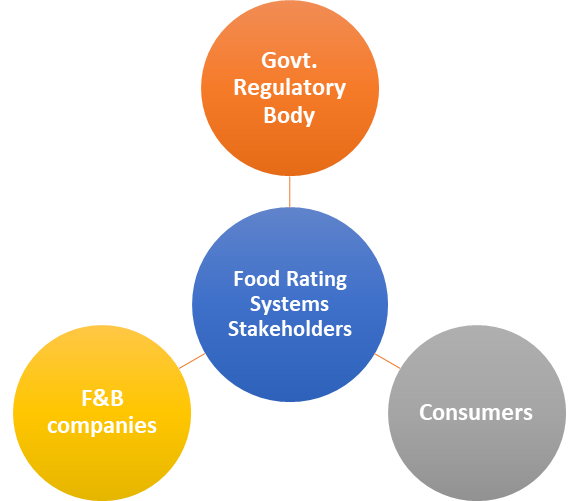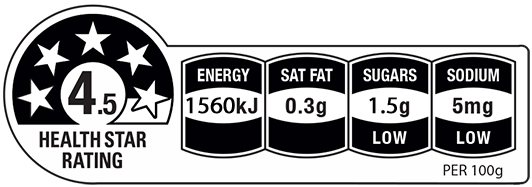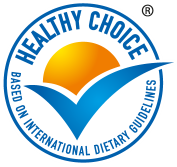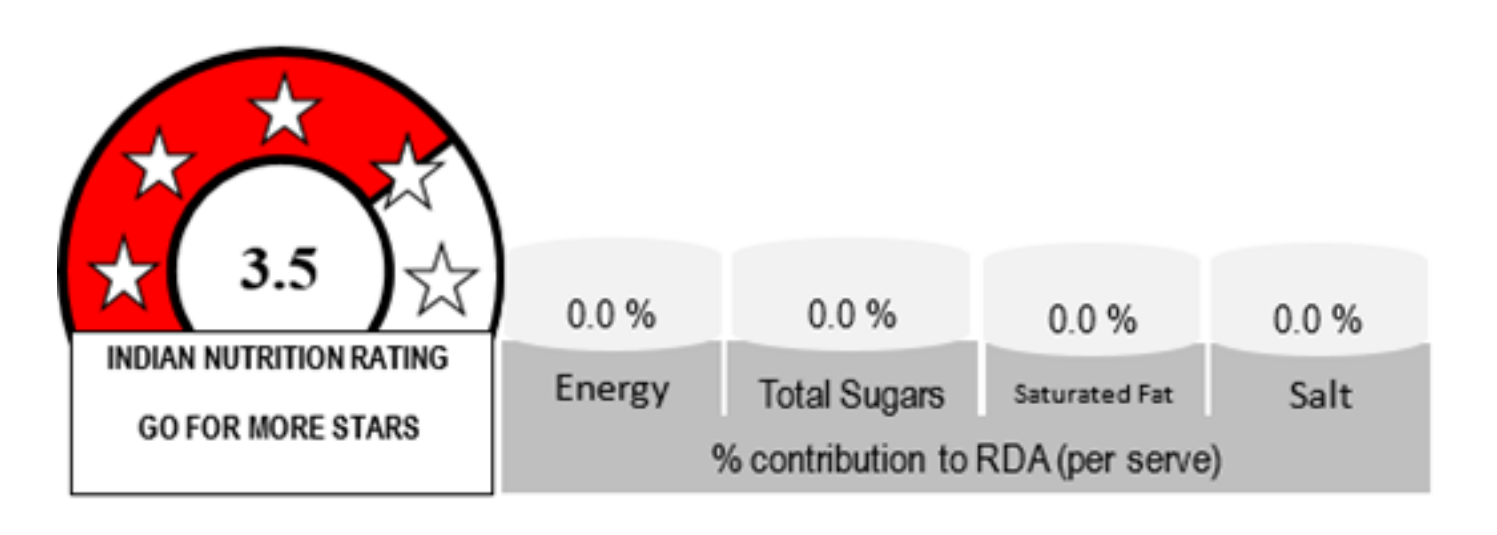Food Rating Systems and Front of Pack Labelling
September 23, 2022

Government agencies across the globe are sensitised to the rising prevalence of non-communicable diseases (NCDs) amongst people. Obesity, diabetes, and hypertension need urgent attention. A key driver of obesity and diet-related NCDs is the consumption of foods high in sugar, salt and fat including trans fats. The growing availability and consumption of attractive, palatable, low-cost, processed food products, both in ready-to-eat and ingredient forms are fuelling the rise in obesity and NCDs.
There was never a greater need to understand the food that we consume!
A ‘Rating System’ - a system of classifying according to quality or merit or amount. Rating Scales or Scoring systems evaluate the performance of a product or service, employee skills, customer service performances, processes followed for a particular goal etc. Scoring systems are effective ways to build awareness amongst communities and drive behavioural change.
WHAT ARE FOOD RATING SYSTEMS?
WHO defines Nutrient Profiling, commonly known as Food Rating Systems, as a scientific method for assessing the nutritional quality of food and beverage items. They are often used by national regulatory authorities to promote good eating behaviours and promote public health. Nutrient Profiling models classify or rank foods by their nutritional composition and help consumers identify nutritious food.
While there are multiple internationally recognised methods for nutrient profiling, the application of the same needs to be customised to suit the culture and eating patterns of one country or region. Nutrient Profile models are based on a scientific evidence-based framework.

HOW DO FOOD RATING SYSTEMS HELP?
A consumer-friendly simplified understanding of the impact of food on human health (e.g. healthy, healthier option, less healthy). Nutrient profiling models are often adapted for Front-of-Pack Labelling on food products to help consumers make healthier choices through communication.
Scientific, data-backed assessment of the nutrient levels in food (e.g. high fat; low fat; reduced fat; source of fibre; high in fat, sugars or salt/sodium). This incentivises food manufacturers to produce food of better nutrition quality, that gets picked up by consumers.
Front-of-Pack Labelling is seen as an important tool used by Government regulatory authorities to improve food environments for public health purposes, specifically aimed at improving diets (e.g. marketing of unhealthy foods to children).
FRONT-OF-PACK LABELLING (FOPL)
Front-of-pack labelling (FOPL) refers to nutrition labelling systems that are presented on the front of food packages (in the front panel) and can be applied across the packaged retail food supply. It is presented as simple, often graphical, information on the nutrient content or nutritional quality of products, to complement the more detailed nutrient declarations usually provided on the back of food labels.
FOPL models vary in graphical presentation (e.g. shape, colour, size), type of public health nutrition message (warning, prescriptive or both) and nutrient focus (e.g. focus on ‘critical nutrients’ or inclusion of both positive and negative nutrients).
To date, the most common ‘critical nutrients' that have been included in FOPL models are sodium, saturated fats, trans fats, total sugars and added sugars. A few FOPL models also include certain nutrient-rich components, such as fibre, whole grains, protein and/or fruits and vegetable content.
GLOBAL FRONT-OF-PACK LABELLING MODELS
Australian Health Star Rating
The Health Star Rating System has implemented in 2014 in Australia and New Zealand voluntarily. Products rated using the Health Star Rating receive from ½ a start to 5 stars depending on the healthiness of the food product, based on harmful and beneficial nutrition components.

Chile Warning Labels
In 2017, Chile was the first country to adopt a warning symbol FOPL method for packaged foods & beverages. A black symbol is required to be put on foods that are high in 3 critical nutrients – saturated fat, total sugars and sodium, along with energy. The Chilean Law of Food Labelling and Advertising prohibits the marketing of foods with these FOP labels to children under 14 years old, as well as their sale on primary school premises.

The Choices Program (Europe)
The Choices Programme logo was one of the first food industry-led FOPL models, which was later picked up by a few European governments. First introduced in the Netherlands in 2006, and then adopted by the EU in 2013. Started by the country’s top food companies (ConAgra, Kellogg’s, Kraft Foods, Pepsico, Unilever, and others), the program gave its seal of approval to foods that meet certain standards. Products could not exceed defined thresholds for fats (saturated, trans, total), sodium, cholesterol and added sugars, and were required to include calcium, fiber, or certain vitamins. This model was also adopted in many countries like Singapore, Thailand, Malaysia and Brunei.

Nordic Keyhole
The Keyhole logo was the first logo system introduced in 1989, mainly in the Nordic European countries. The Keyhole model was a food category base FOPL model focussing on low fat, low sugar, low salt and more fibre.

NutriScore
In France, in 2017, developed a voluntary FOPL model combining a grading system (A to E) with colour coding (green to red), which was collectively used to summarise the healthiness of a food or beverage. It is also known as the 50colour nutrition label. The high content of fruits and vegetables, fibre, and protein promotes a positive score, while high energy, sugar, saturated fatty acids, and sodium content lead to a negative score.

UK Traffic Lights
The Traffic Light FOPL model uses typical traffic light colours to denote beneficial (green) and harmful nutrients (amber and red). The model includes energy, total fat, saturated fat, total sugar and sodium as the key nutrients for evaluation. This model is adopted in UK, Ecuador and South Korea.

FRONT-OF-PACK LABELLING (FOPL) IN INDIA
FSSAI (Food Safety & Standards Authority of India) first mentioned FOPL in its Food Safety and Standards (Labelling and Display) Regulations, 2019 draft in July 2019. Aimed at making consumers aware of food products that are high in fat, sugar and salt content, the model has adapted the WHO SEARO nutrient thresholds for the Indian context and conceptualised a way to graphically depict the same on the front of food packs. This regulation could have a major, long-term impact both in encouraging industry reformulation and in changing food consumption amongst the Indian population.
Recently, Food Safety and Standards (Labelling & Display) Amendment Regulations, 2022 has stated that Front of Pack Nutritional Labelling (FOPNL) will consist of baseline reference values for four health risk increasing factors i.e., energy, total sugars, saturated fat and sodium per 100 g or 100 ml of the product and the system of pictorial display format shall be referred to as Indian Nutrition Rating (INR)

Read this : FSSAI picks LabelBlind to study baseline nutrition values of packed food products
To summarise, it is well established that ratings, scores, logos, and interpretive labels are more likely to have an impact on consumer understanding and behaviour. Newer technology enables solutions for FOPL and could potentially give the consumer an impetus to read food labels, comprehend them and make the right choice that impacts their health positively.
A lot more information coming up on the front of pack labelling regulations by FSSAI on the information center by FoLSoL® so stay tuned!
REFERENCES :
Food Safety And Standards (Labelling And Display) Regulations, 2019.
Gazette Notification of Food Safety and Standards (Labelling and Display) Amendment Regulations, 2021 w.r.t amendment in font size & exemptions etc
WHO (2019). Guiding Principles and Framework manual for Front-of-Pack Labelling for promoting healthy diet.
Roodenburg A (2017). Nutrient profiling for front of pack labelling: how to align logical consumer choice with improvement of products? Proceeding of the Nutrition Society. Volume 76, Issue 3August 2017 , pp. 247-254. DOI: https://doi.org/10.1017/S0029665117000337
Kanter R, Vanderlee L and Vendevijvere S (2018). Front-of-package nutrition labelling policy: global progress and future directions. Public Health Nutrition, Volume 21, Issue 8 , pp. 1399-1408. DOI: https://doi.org/10.1017/S1368980018000010
Food rating systems: A not-so-smart choice. https://www.hsph.harvard.edu/nutritionsource/2009/11/02/food-rating-systems-a-not-so-smart-choice/

Rashida Vapiwala (Founder at LabelBlind®, Food Label Specialist, Ph.D (Food Science and Nutrition))
Rashida is passionate about solving problems for the food industry using technology. She loves creating tech-led solutions in the space of Nutrition.
